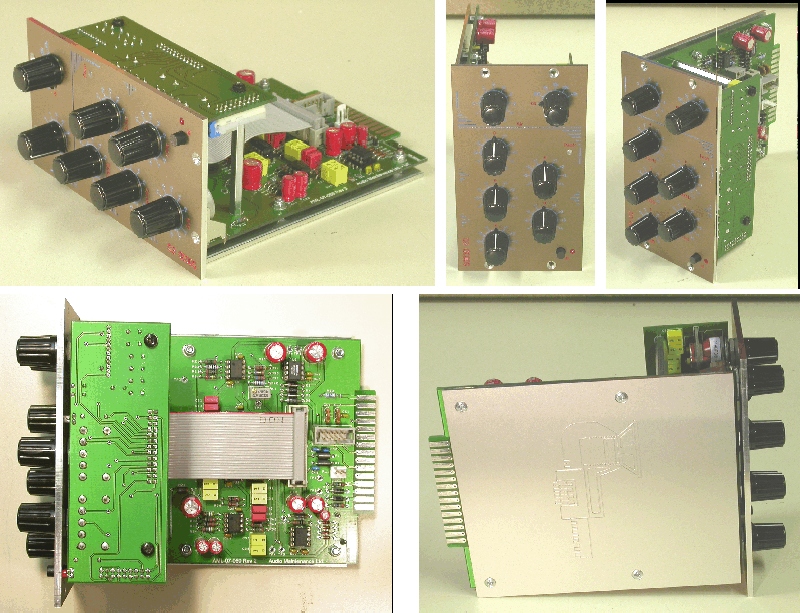I finished one channel of EQ and tested it but it dos not work 
I am trying to find the problem and I have several questions and need your help.thank you for your helps friends.
1.I don't make the PSU yet and I used Calreq EQ PSU(jakob Calreq) for testing.the voltage is 18.has it any problem??
2.It doesn't have any sound even when it is bypass!!it should have sound in bypass mode even without PSU isn't it??like calreq EQ.if i am right,where is my first mistake??
3.I couldn't find the revers log 500K pots and I changed the taper of the 500k linear pot with soldering a 100K resistor between pins like this

which one can make problem in this project??if non of them,please help me to start troubleshooting.
I am trying to find the problem and I have several questions and need your help.thank you for your helps friends.
1.I don't make the PSU yet and I used Calreq EQ PSU(jakob Calreq) for testing.the voltage is 18.has it any problem??
2.It doesn't have any sound even when it is bypass!!it should have sound in bypass mode even without PSU isn't it??like calreq EQ.if i am right,where is my first mistake??
3.I couldn't find the revers log 500K pots and I changed the taper of the 500k linear pot with soldering a 100K resistor between pins like this

which one can make problem in this project??if non of them,please help me to start troubleshooting.





























![Soldering Iron Kit, 120W LED Digital Advanced Solder Iron Soldering Gun kit, 110V Welding Tools, Smart Temperature Control [356℉-932℉], Extra 5pcs Tips, Auto Sleep, Temp Calibration, Orange](https://m.media-amazon.com/images/I/51sFKu9SdeL._SL500_.jpg)




